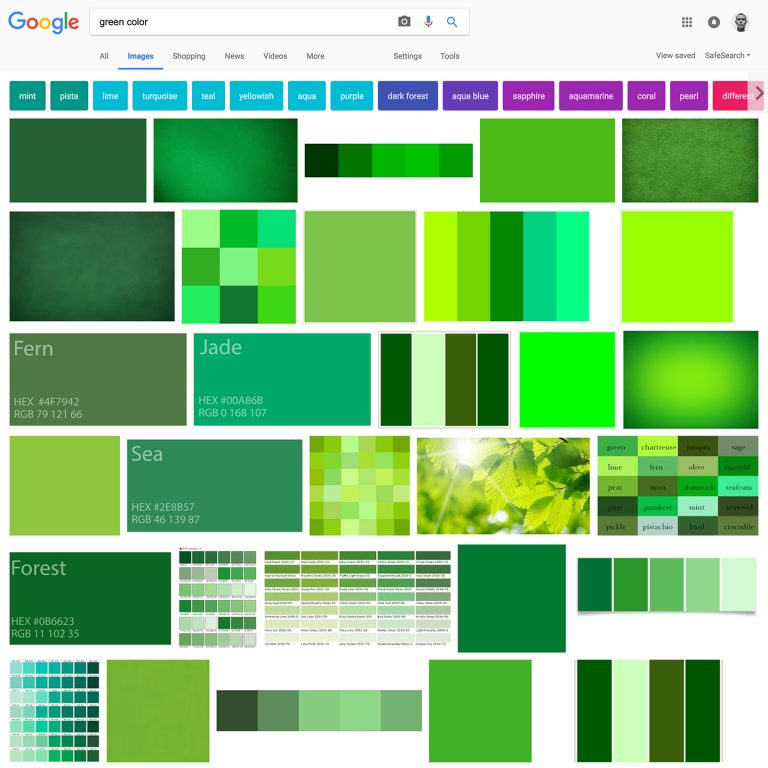https://soundcloud.com/user-694012026/g-r-e-e-n
I was having trouble thinking of how to get started, so I listened to music that achieved a similar effect to what I wanted to attempt. I felt I could express green in an ambient kind of way, relating the color to songs such as In A Beautiful Place Out In The Country by Boards of Canada and (obviously) Green by Hiroshi Yoshimura. Yoshimura’s music inspired me for its subtlety and minimalism, as well as its peaceful mood. The emotions that I connect with green are tranquility and tension, two opposing feelings that I hoped to convey in this piece. I wanted to highlight this division and create a sense of discomfort and comfort. This gave me the idea to work with other opposing concepts in the piece like using something unnatural (computer speech) to describe a color that is associated with nature. I did not originally plan on using speech, but Boards of Canada’s muffled vocals inspired me to chop up a sentence and work with it in fragments. Angelo Badalamenti’s Twin Peaks Theme perfectly captures the mood of green for me, and I knew I wanted to sample it somehow. Twin Peaks Theme is the ultimate emotional rollercoaster and the perfect place to start from for me.
I begin by applying an array of distortion, reverb, and FFT filters to a slowed down Twin Peaks theme. I want the melody to be semi-coherent, yet barely recognizable. Badalamenti’s masterpiece gets mashed into reverberating melodic humming and now I have a bit of color on my canvas to work with. Next I create the computer speech in Audition and proceed to fragment the phrase. “If it ain’t green, I’m not interested,” a reference to the subjectivity of humor and art; a quote from Laganja Estranja’s comedy challenge on the tv show RuPaul’s drag race. Estranja’s stand-up performance was so bad she got eliminated because of it, yet it’s one of the funniest things I have ever seen. The cultural impact is so great that I immediately thought of it when picking the color green. The listener may feel a sense of confusion at the unresolved, fragment of a statement. Sharp “if”’s punch like chroma-key green in a field of forest. Repetitions of “green” reflect my own current thought process. Green. Greeeeeeen. A faint “not interested” echoes out like the voice in my head (as I am making this piece) telling me people don’t like my work, don’t want to publish it in magazines. Including my process (and thought process as I work in my work) is important to me. Slowed down samples of Electricity I by Dean Hurley are now added to the early-middle and end of the piece. Hurley’s sample hums ominously against the lulled ambience around the 40 second mark. Is this pleasure or dissatisfaction? I also recorded an electric fan, the sample providing a metaphorical breath of fresh air, a simulation of wind. A tone beginning at 1:30 and lasting about 30 seconds adds harmony and anxiety. Sonically, the tone resembles one in Yoshimura’s own Green. Finally, the background track fades to sound as though coming from another room. Just like leaving the party to sit alone in my room.
I feel that I successfully executed what I set out to do. It has inspired me to experiment more in my audio work, and I am interested in creating more rhythmically driven pieces next. I learned a lot of new effects, such as the FFT filter called “The Club Downstairs” which I filtered my background track through for the last 30 seconds to give a muffled sound. My next steps are learning how to produce like artists such as Arca, Holly Herndon, and Oneohtrix Point Never. Their music features complex organic structures and sounds, beautifully mastered vocal distortions, and intense beats.
